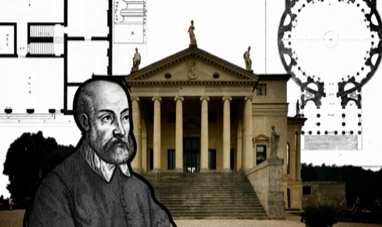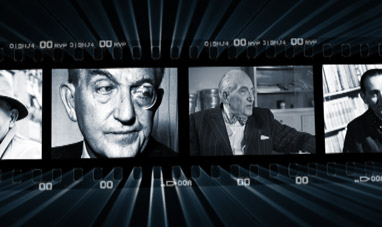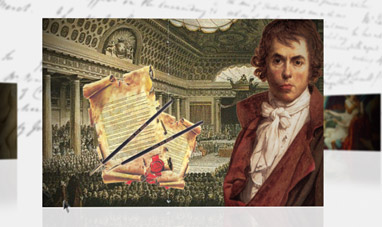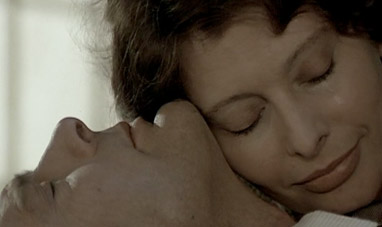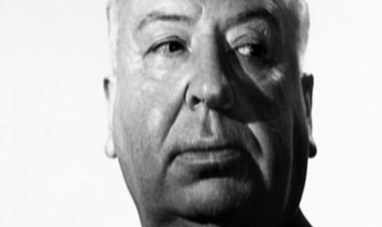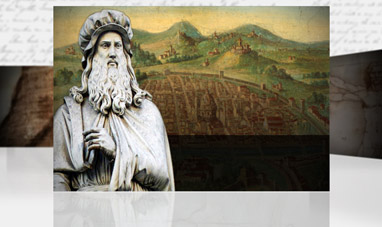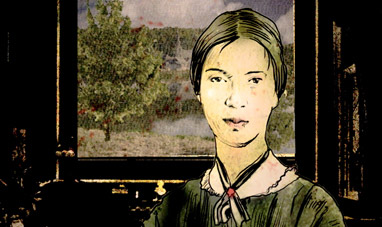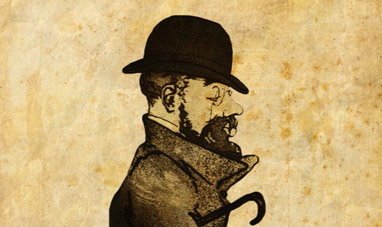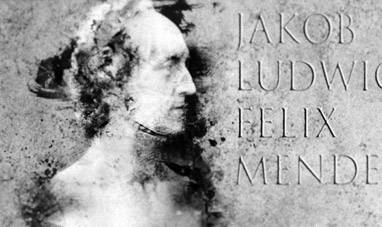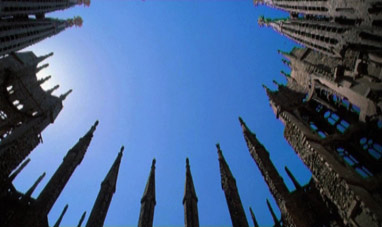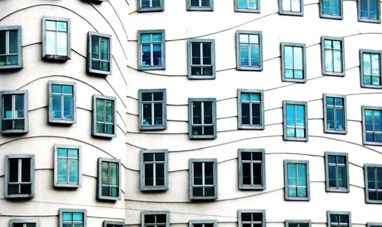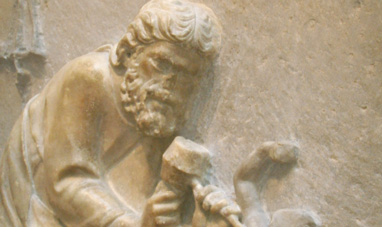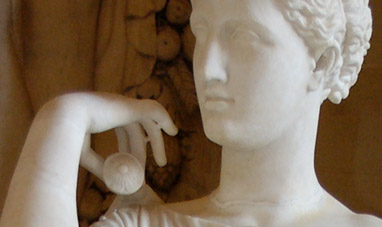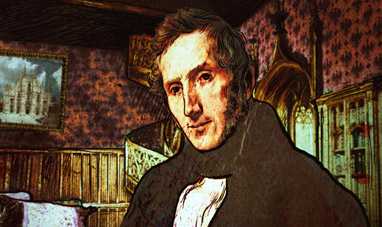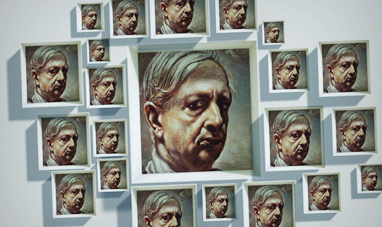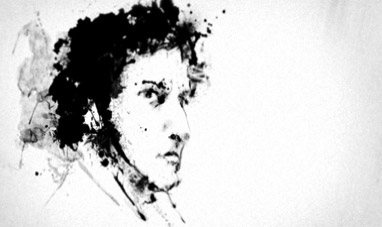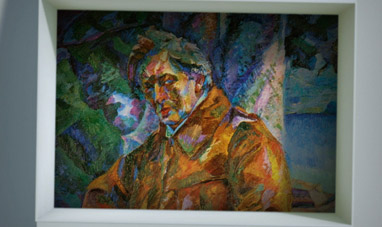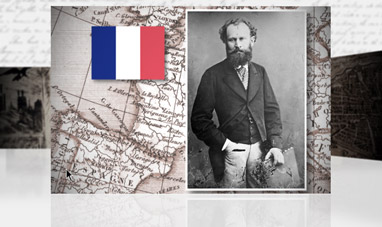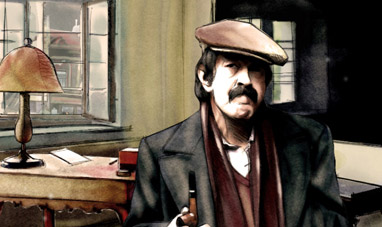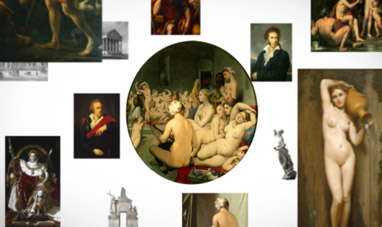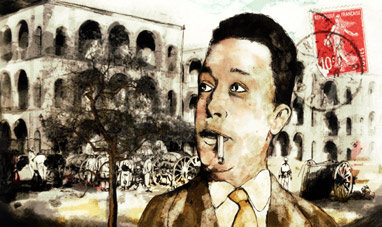Robert Adam was a Scottish neoclassical architect and interior designer. Adam was born on July 3, 1728, in Kirkcaldy, Great Britain to a family of architects. From 1754 to 1758, he traveled extensively in Europe, visiting France, Italy and Dalmatia. In Rome he studied classical architecture and met the engraver Giambattista Piranesi. He visited the ancient ruins of Herculaneum and Pompeii; and admired Diocletian’s palace in Split. In 1758, he returned to Great Britain and began to practice architecture with his brother James in London. From then on, his work would be influenced by classicism, inspired by Greco-Roman archaeological finds, Renaissance art and the works of 16th-century Italian architect Andrea Palladio.
Adam designed townhouses and stately villas for noble Englishmen. His style was characterized by a harmony of design, and paid close attention to light, space, balance and classical proportions.
He specialized in designing the well-known and much-appreciated English country homes. He also designed the interiors of his buildings, opting for refined décor that included paintings and plasterwork.
In 1761, he began to remodel Osterley Park, in Middlesex, a red brick Elizabethan building. Adam completely renovated the interiors, restored the west wing entrance, and created a Grecian-style loggia in the east wing.
He used classical motifs in the neighboring Syon House. In the foyer, he chose to contrast the black and white patterns of the marble floor with softer colors on the walls. For the interior of Harewood House, in Yorkshire, Adam focused on the Doric style, alternating semi-columns and statues in niches, and decorating the ceilings with mythological figures and plaster medallions.
He also designed the foyer in Kedleston Hall, in Derbyshire, which he modeled after Roman triumphal arches.
In 1773, together with his brother James, Adam published the first volume of his series, Works in the Architecture of Robert and James Adam. In these volumes, the brothers explained their theory of movement, which gave life to architectural compositions by alternating vertical and horizontal lines, and alternating recesses with protrusions.
Adam’s most ambitious project was the Adelphi, a residential complex on the banks of the River Thames that was demolished in 1937. He was also responsible for the University of Edinburgh, and the renovation of Scottish castles in the Romantic or Neo-gothic style. Robert Adam died in London on March 3, 1792. He was 63.
He is considered one of the most important architects of Neoclassicism. His buildings’ harmonious proportions, typical of the English style, are symbolic of a rich and balanced culture.
Adam designed townhouses and stately villas for noble Englishmen. His style was characterized by a harmony of design, and paid close attention to light, space, balance and classical proportions.
He specialized in designing the well-known and much-appreciated English country homes. He also designed the interiors of his buildings, opting for refined décor that included paintings and plasterwork.
In 1761, he began to remodel Osterley Park, in Middlesex, a red brick Elizabethan building. Adam completely renovated the interiors, restored the west wing entrance, and created a Grecian-style loggia in the east wing.
He used classical motifs in the neighboring Syon House. In the foyer, he chose to contrast the black and white patterns of the marble floor with softer colors on the walls. For the interior of Harewood House, in Yorkshire, Adam focused on the Doric style, alternating semi-columns and statues in niches, and decorating the ceilings with mythological figures and plaster medallions.
He also designed the foyer in Kedleston Hall, in Derbyshire, which he modeled after Roman triumphal arches.
In 1773, together with his brother James, Adam published the first volume of his series, Works in the Architecture of Robert and James Adam. In these volumes, the brothers explained their theory of movement, which gave life to architectural compositions by alternating vertical and horizontal lines, and alternating recesses with protrusions.
Adam’s most ambitious project was the Adelphi, a residential complex on the banks of the River Thames that was demolished in 1937. He was also responsible for the University of Edinburgh, and the renovation of Scottish castles in the Romantic or Neo-gothic style. Robert Adam died in London on March 3, 1792. He was 63.
He is considered one of the most important architects of Neoclassicism. His buildings’ harmonious proportions, typical of the English style, are symbolic of a rich and balanced culture.





